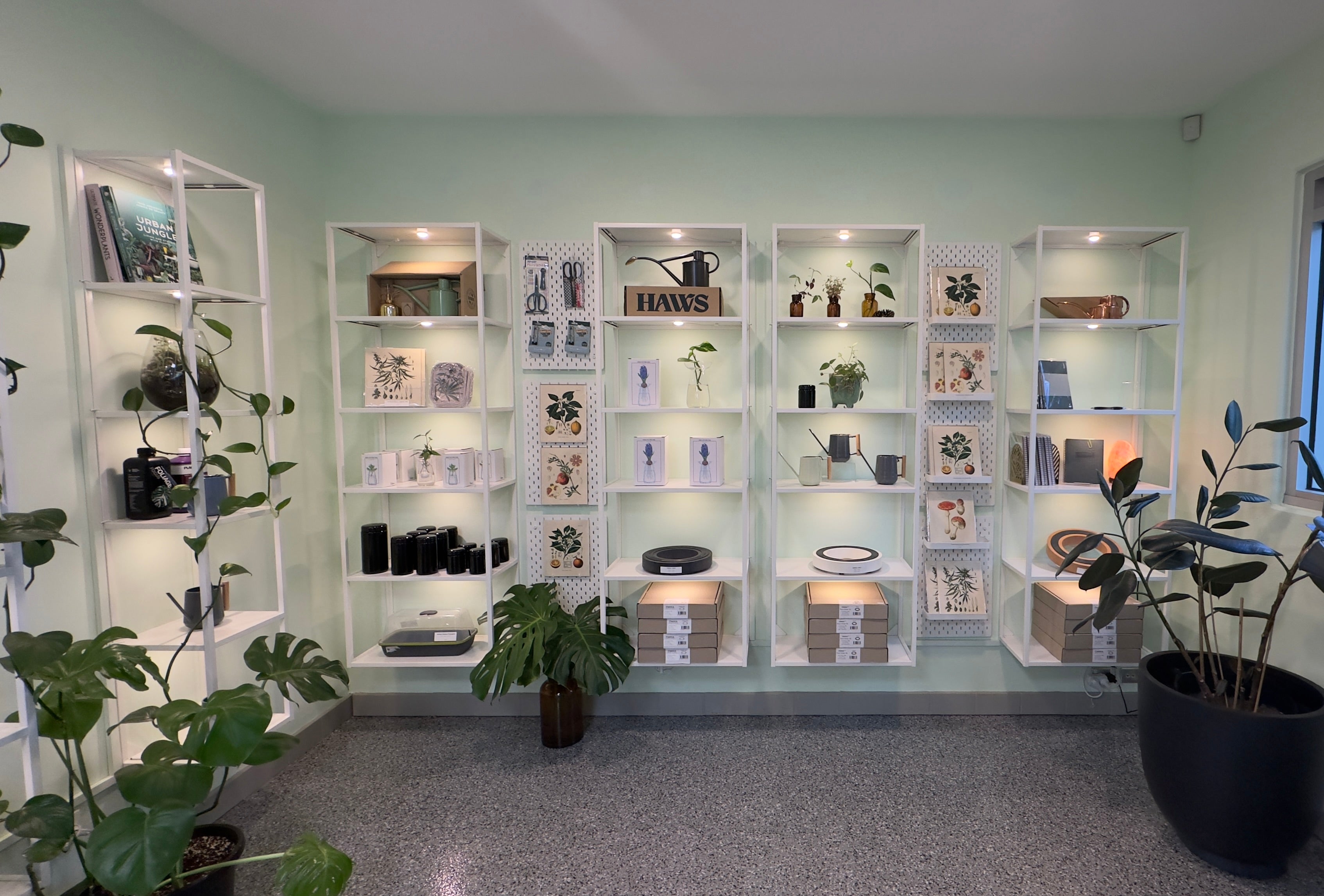For some cannabis breeding has become a intricate combination of art and science; an unending quest to breed cannabis with superior genetics for potency, yield, resilience and stability.
However, an invisible threat is looming in the background – the Hop Latent Viroid (HLVd).
This microscopic menace has garnered attention in the cannabis cultivation community due to its impact on breeding efforts and the devastating effect on crop health and yield.
What is HLVd?
Hop Latent Viroid is a small, circular RNA molecule that primarily affects plants in the Cannabaceae family, which includes cannabis and hops. Unlike viruses, viroids lack a protein coat and solely rely on host cellular mechanisms for replication. HLVd can be transmitted through contaminated seeds, clones, or even by pollen.
Image credits: Medicinal Genomics
What effects does this viroid have on cannabis plants?
HLVd infections can manifest in many ways, including stunted growth, distorted leaves, and reduced flower yields. Infected plants may also exhibit symptoms like leaf yellowing, leaf curling, and an overall decline in vigour.
For cannabis breeders, this poses a significant challenge as it can compromise the genetic integrity and stability of strains.
The most noticeable effect I have personally noticed through research and comparison is that most of the flowering plants sessile and capitate trichome glands when viewed under a microscope have a very clear form of degradation, almost deflated heads (imagine a balloon that’s just been popped).
How does this affect Cannabis Breeding?
Breeding programs strive to select and stabilise desirable traits, but the viroid's influence can lead to unexpected outcomes. It becomes crucial for breeders to implement stringent testing protocols to identify and eliminate infected plants from their breeding populations.
This is not an easy task given that at least 40% of the world’s breeders are not actually breeding properly and the adage of "destroy anything not worthy" is long gone thus the genetic pool is being weakened by those looking to capitalise on making money. These ‘breeders’ are making the problem worse.
To safeguard cannabis crops and breeding programs from HLVd, breeders must adopt proactive measures. Regular testing for viroid presence is essential, and the use of certified, disease-free plant material becomes paramount. If you do not have this equipment or even a microscope to test your projects, you should probably think twice about breeding random subjects. If your varieties have been isolated and you have had no outside influence, then you’re probably ok to continue your breeding work.
If you are not used to spraying your plants properly to control pests and disease (IPM) then forget about breeding, even thrip can transport HLVd.
Implementing strict hygiene practices, such as disinfecting tools, grow rooms and maintaining separate growing areas for infected and healthy plants, can also help contain the spread.
Navigating the challenges posed by the Hop Latent Viroid in cannabis breeding requires vigilance, knowledge, and a commitment to maintaining the highest standards.
By staying educated about HLVd, implementing rigorous testing protocols, and prioritising disease-free plant material, breeders can contribute to the resilience and sustainability of the cannabis industry.
Despite this invisible threat, the dedication of breeders and cultivators to overcome these challenges ensures the continued evolution and improvement of cannabis varieties for future generations.
_________________________________________________________________________
Resources: Medicinal Genomics




